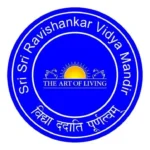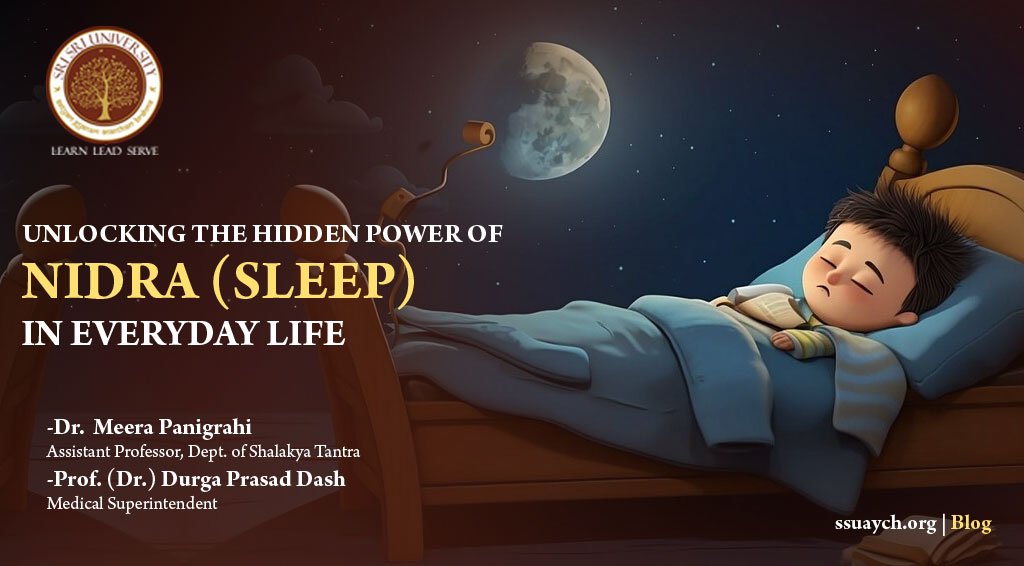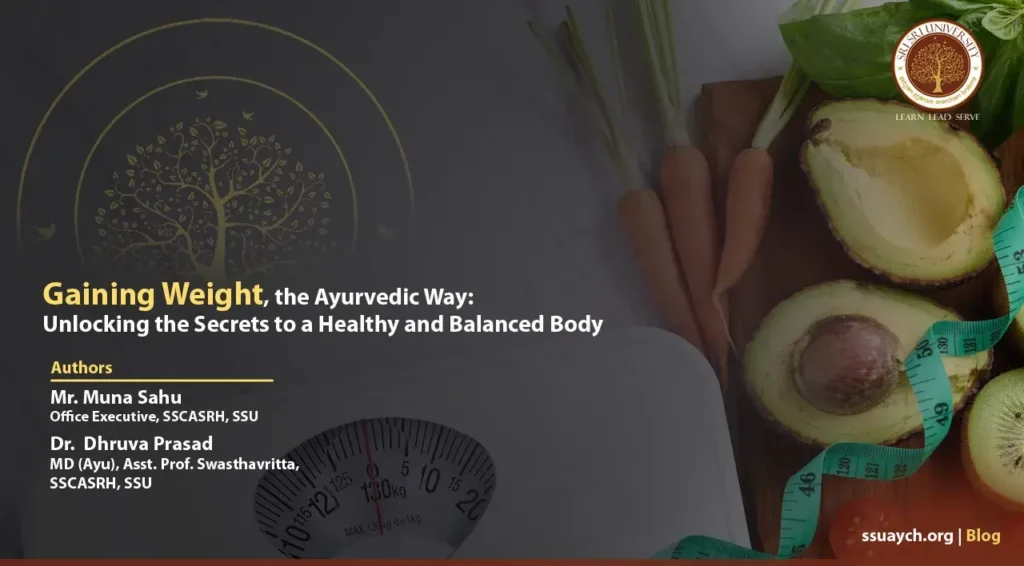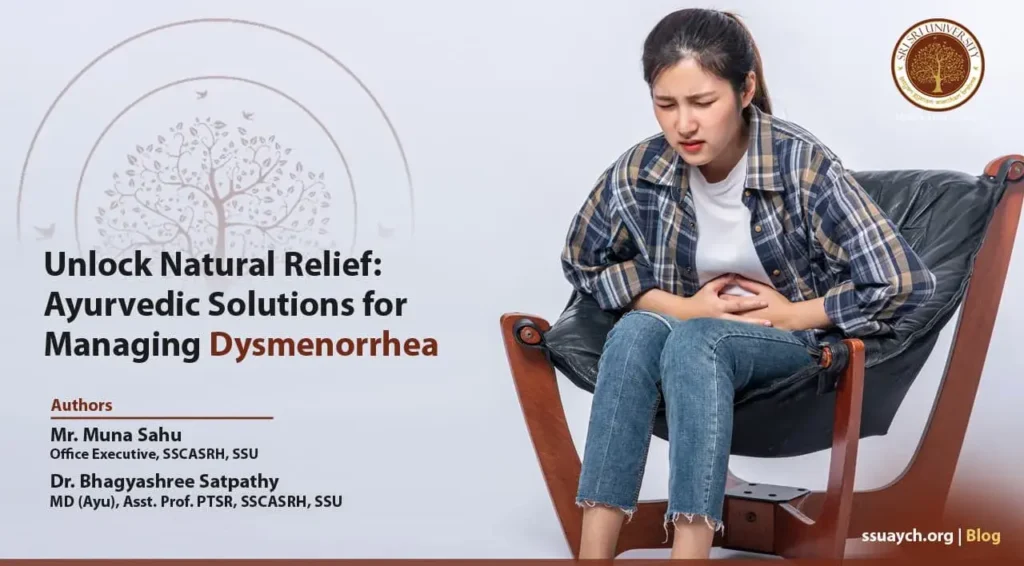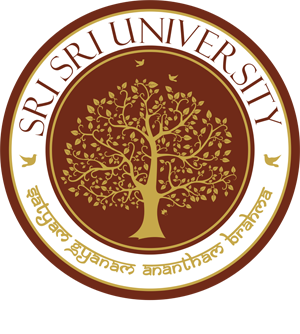- Hospital
- College
- Admission
- Research
INSTITUTIONAL ETHICS COMMITTEE
SSUAYH IT Team
- Contact
College
- Sri Sri Vihar, Bidyadharpur, Ward No.3, Po- Godisahi, Cuttack, Odisha - 754006 (India)
Technical Help
-
WhatsApp
+91- 7381683089
-
On Call Help 10 AM to 5 PM
+91- 9348327393
-
Email
support@ssuaych.org
-
Contact Form
Open Contact Form
- Careers
-
Current Vacancies New!
Details of the Vacancies
-
Job Application Portal
Apply Online
-
HR Email
hr.sscasrh@srisriuniversity.edu.in
-
Technical Help?
+91 93483 27393
-
Read the Stories
Stories of our warriors!
-
-
Donors & Sponsors
Search the site
May We Suggest?
#Diabetes #Rheumatoid #Cancer
Is It This?
#Ayurveda_Tip #Home_Remedies
Or Something like:
#BAMS #Admission #Loan




